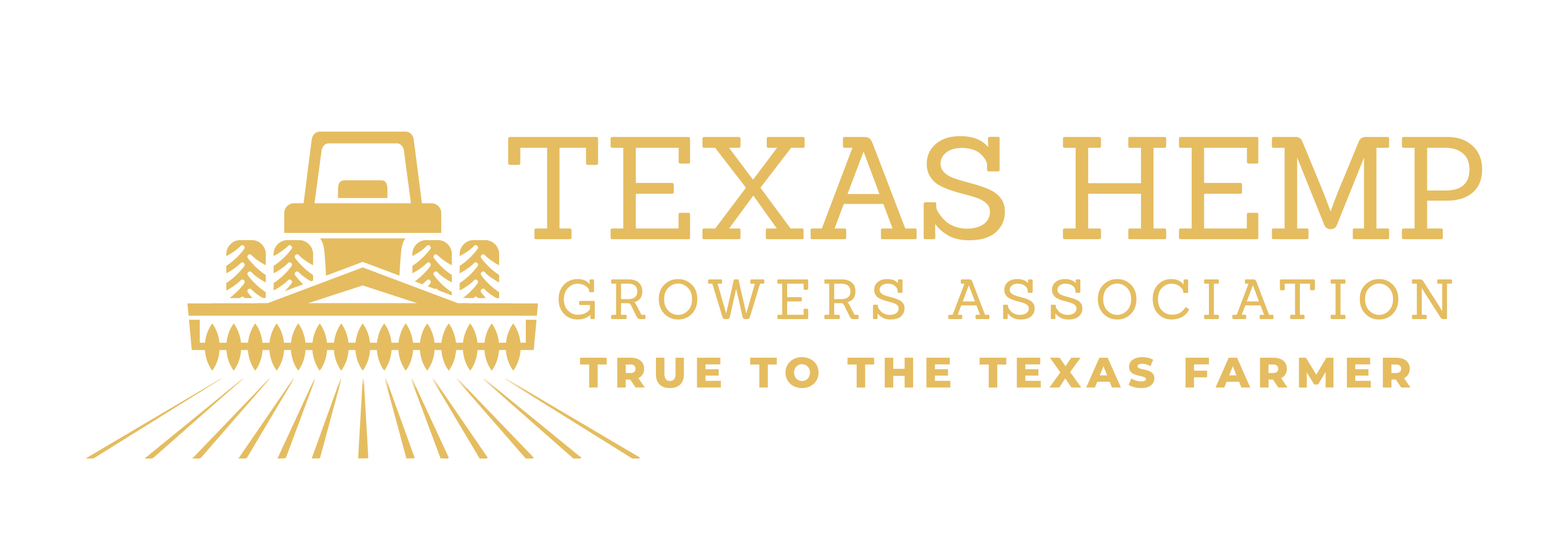Hemp's Environmental Impact and New End Markets
Hemp offers many different uses that can promote a more sustainable world. Hemp products can be recycled, reused and are 100% biodegradable. Proponents of hemp claim that it can help reduce global warming because it takes out large amounts of carbon dioxide per acre, more than most plants. This is especially true if the end products are locked up permanently in applications like building materials as opposed to recycling the carbon by applications such as compost.
Industrial hemp is a very robust, competitive plant that will outcompete weeds. In most cases this makes production possible without the use of herbicides. This is a clean air benefit that reduces pesticide load on the environment.
Industrial hemp has a large tap root that is capable of penetrating deep into the soil profile to pick up required water and nutrients for plant development. This is a benefit as hemp recovers nutrients that might otherwise be leached below the root zone and enter the groundwater. In addition, the deep roots open up the soil and enhance the tilth of the soil for future crops.
The utilization of hemp in biofiber processing has significant environmental benefits. Bio-products made of hemp can produce environmentally friendly products that are easily recycled in compost or in landfills. Most hemp-derived products are non-toxic, biodegradable and renewable.
Carbon Sequestration: High biomass crops such as industrial hemp are associated with the ability to sequester higher amounts of carbon through photosynthesis, storing it in the body of the plant and its roots. The carbon in the fiber is then transferred into processed biofiber products. Biomass is approximately 40% carbon. Processing of the fiber will sequester carbon that will be captured and tied up in manufactured products.Based on Andreae and Merlet (2001) we can assume that during field burning, one kg of hemp straw will release 1515 grams of CO2, 2.7 grams of CH4and 0.07 grams of N2O. The same document also suggests that about 80% of the biomass in the field would be burned (20% would remain unburned). The global warming potentials of each of the three greenhouse gases are CO2= 1515, CH4= 25, N2O = 298 grams.
Total greenhouse gas emissions, in units of kg of carbon dioxide equivalents, from field burning of one tonne of hemp straw could be calculated as: 1 tonne of hemp straw in the field * 80% biomass combustion * (1515 kg CO2* 1 + 2.7 kg CH4* 25 + 0.07 kg N2O * 298) = 1603 kg CO2eq.
EMISSION FACTORS (g kg-1DRY MATTER BURNT) FOR VARIOUS TYPES OF BURNING. VALUES ARE MEANS ± SD AND ARE BASED ON THE COMPREHENSIVE REVIEW BY ANDREAE AND MERLET (2001)
Note: the “extra tropical forest” category contains all other forest types.
Note: for combusions of non-woody biomass in Grassland and Cropland, CO2emissions do not need to be esitmated and reported, because it is assumed that annual CO2removals (through growth) and emissions (whether by decay or fire) by biomass are in balance (see early discussion on synchrony in section 2.4.)


Carbon sequestering will result due to the growing of a plant with a higher root biomass. Root biomass is equivalent to approximately 20% of the above ground biomass.
Hemp must be compared to an alternate major acreage crop grown in Canada like wheat, which on average will produce 0.75 tons per acre of straw per year equating to 0.15 tons of residue in the wheat roots. A hemp crop producing 3 tons of fiber per acre would produce 0.6 tons per acre in the roots. A net benefit for growing or switching wheat acres to hemp acres in the agriculture production system would be 0.6 – 0.15 = 0.45 tons per acre more carbon sequestered in the soil per year from the hemp roots as opposed to growing wheat.
A new market stream ahead for farmers – Carbon Credits

